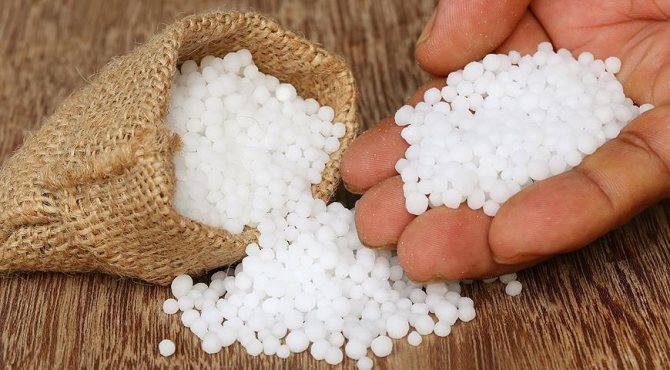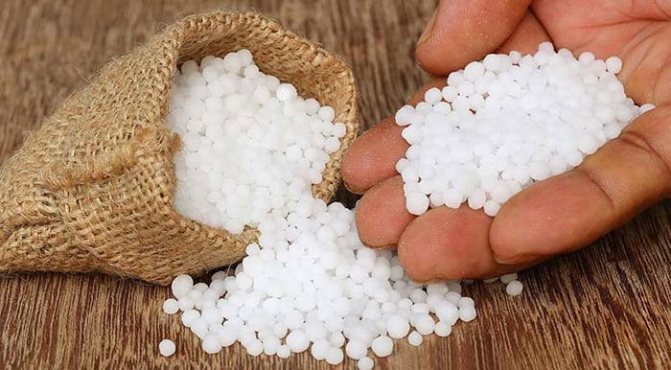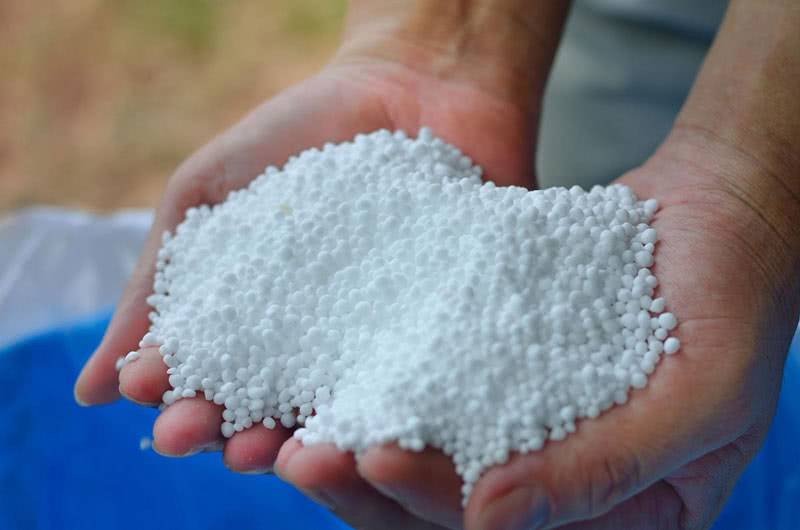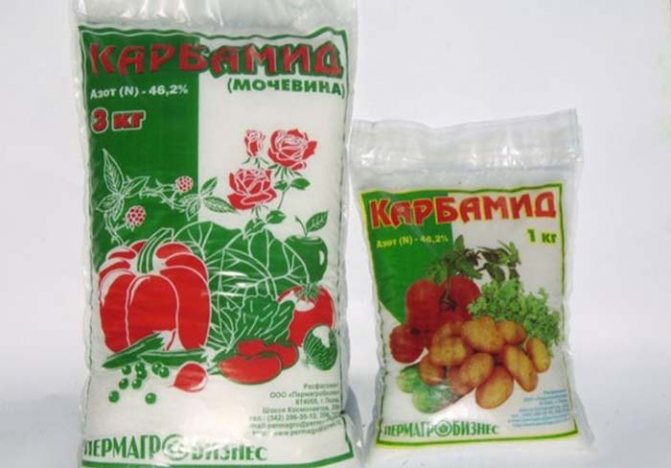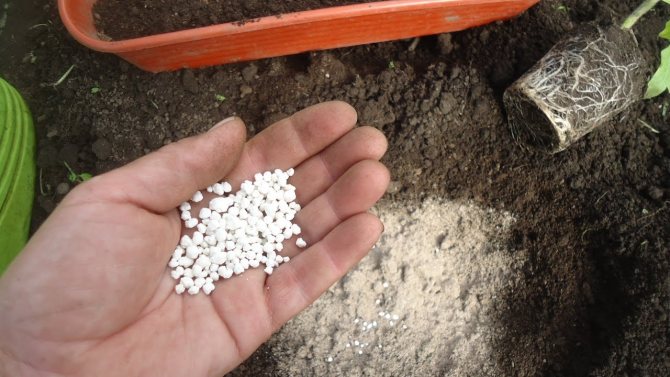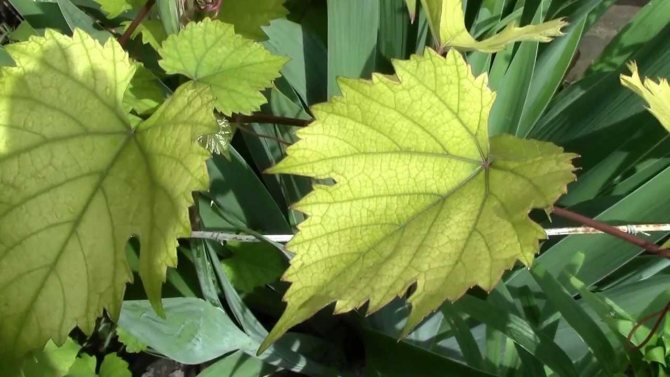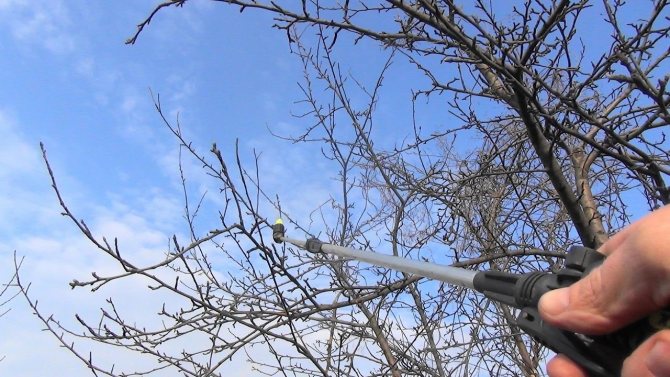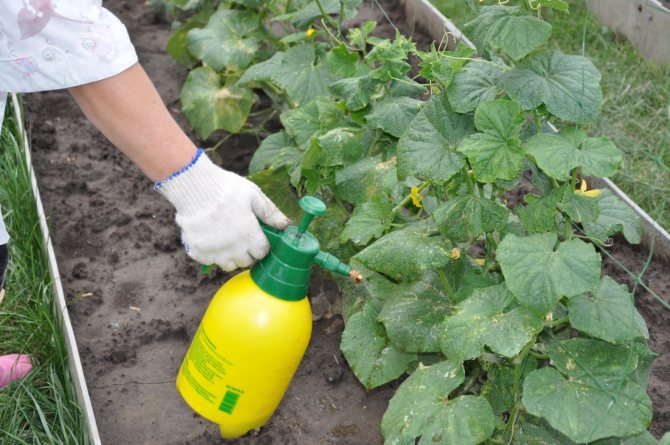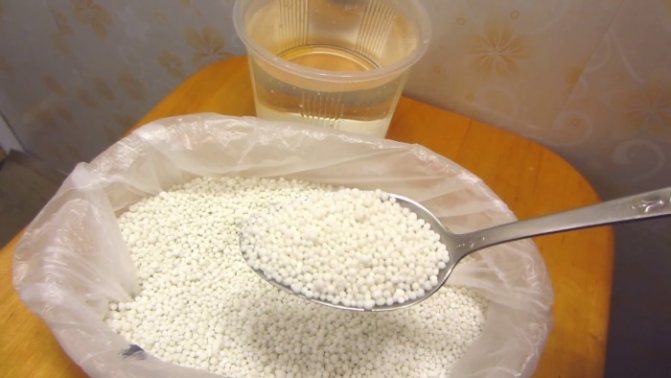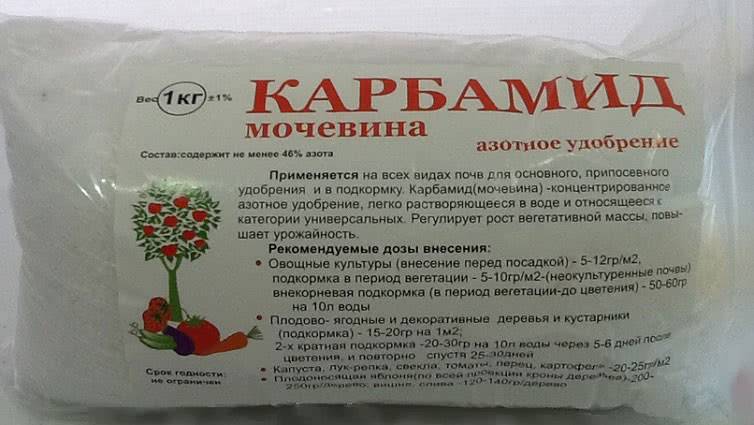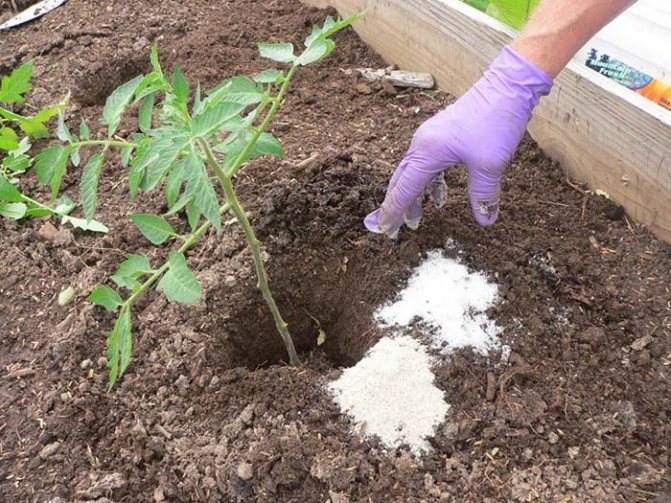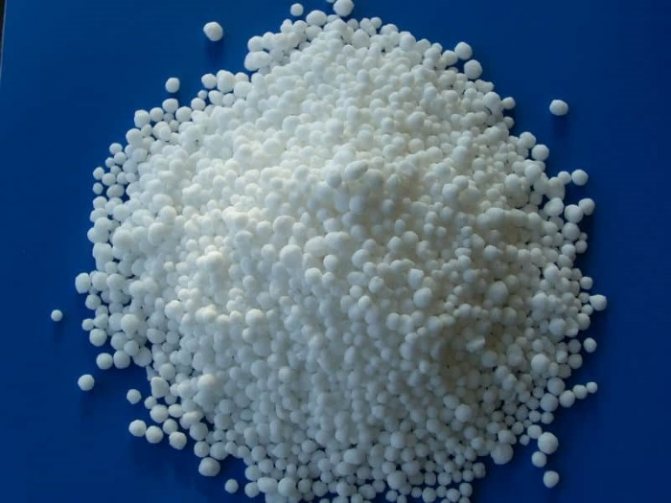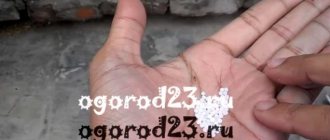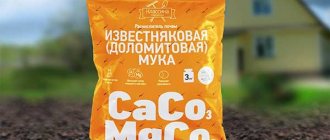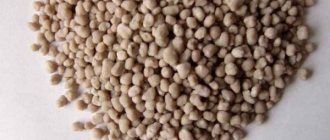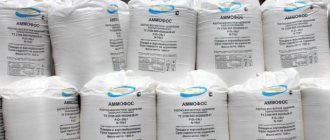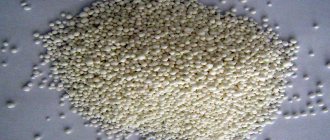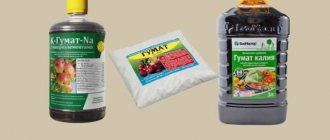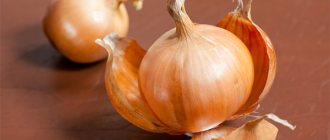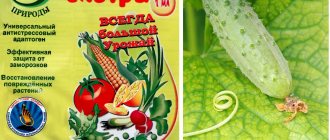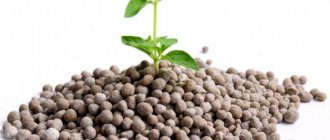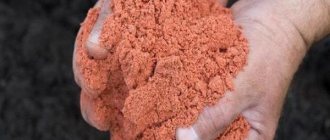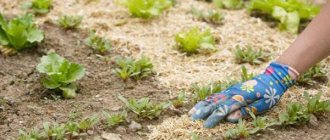What gardener has not heard of urea or urea (these are synonyms), because this is one of the most effective and popular nitrogen mineral fertilizers. However, not every summer resident knows all the nuances and rules for using urea in the garden and vegetable garden.
After reading this material, you will learn:
- what is urea, what it looks like, how much nitrogen it contains and in what form;
- how to properly use urea in the garden and vegetable garden: what are the methods of fertilizing (for the main application to the garden, as well as root and foliar feeding);
- what are the rates of application of this nitrogen fertilizer for feeding certain crops;
- how to use urea for eradicating garden treatments in spring and autumn.
Composition and benefits for plants
Urea or urea is a small white granule containing about 46% nitrogen. Urea is one of the most concentrated nitrogen compounds. Most often, an aqueous solution is prepared from urea, and the rate of dissolution of the granules directly depends on the temperature of the liquid. Gardeners use foliar dressing, autumn processing of the garden with urea, as well as application to the root area and treatment from pests.
The composition of urea fertilizer includes the amide form of nitrogen, which, when it enters the soil, turns into ammonia, and then into nitrate. This happens quite slowly, so the plants have time to absorb nutrients. Under the influence of oxygen, ammonium carbonate in the composition of urea decomposes and evaporates, therefore, surface application is recommended with further embedding into the soil.
Urea treatment of aboveground parts of plants also helps to obtain the necessary substances, while leaving no marks and sunburns on the leaves and stems, which makes such fertilization not only effective, but also safe.
Features of the use of urea fertilizer are discussed in the attached video.
Pros and cons
Fertilization, in particular urea, has its advantages and disadvantages.
The advantages are the following properties:
- It dissolves well in water and is quickly absorbed by plant roots.
- If the correct proportion is observed, it is used when spraying on the leaves, while performing foliar dressing.
- Fertilizer can be applied under any type of soil.
- In moist soil and at a positive temperature, the effectiveness of the drug increases.
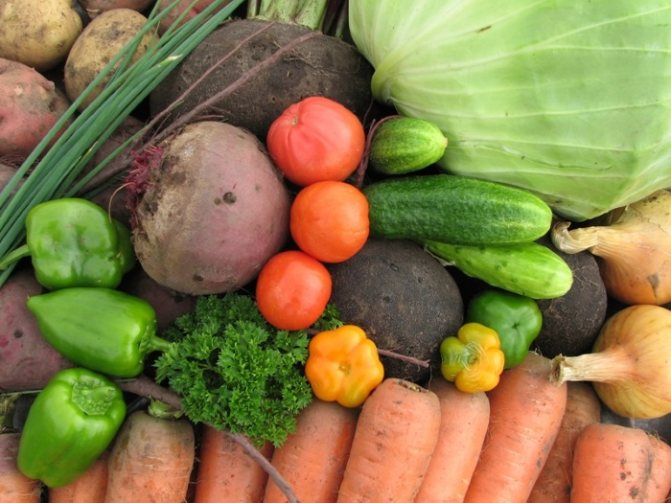
The disadvantages include the following:
- It leads to an increase in soil acidity, requires additional addition of dolomite flour and other deoxidizers.
- Exceeding the application dose inhibits the seeds, impairs their germination.
- Requires storage in a dry place in a closed container.
- Mixing with organic fertilizers containing nitrogen may exceed the permissible dose of this element.
If you follow the instructions when introducing urea into the soil, we will get more advantages than disadvantages.
Urea as fertilizer: advantages and disadvantages of using
The assimilation of nitrogen contained in carbamide is to a certain extent influenced by the temperature of the soil, as well as the temperature of the water for preparing the solution. The use of urea fertilizer is extremely wide, but it is necessary to find out the main pros and cons of using this substance.
Benefits of using urea:
- Rapid assimilation by various crops when applied to the soil and foliar top dressing.
- The effect after application is observed within 48 hours after application.
- Sprinkling with urea in spring helps slow down flowering, which can keep the buds freezing.
- The autumn spraying of the garden with urea effectively fights against the main pests and inhibits the spread of fungal diseases.
- Foliar application does not cause leaf burn, and in terms of efficiency and digestibility is on a par with root dressing.
- Additional protection and prevention of pests and common diseases.
- Top dressing with urea of winter wheat contributes to an increase in the protein content in grains.
Few people know, but urea is also found in some foods and cosmetics. Urea is used in construction, pharmaceuticals, and the oil industry. Application for agricultural purposes also has its own nuances.
Among the disadvantages of using are:
- Exceeding the dosages specified in the instructions for use of urea fertilizer can harm plants and even destroy young shoots.
- You cannot use urea as a fertilizer together with other minerals. This can provoke a negative reaction and contribute to the accumulation of nitrates in plant fruits.
- Reduces seed germination at increased concentration in the soil. Pre-processed planting material does not require the use of urea.
- Urea granules require careful storage, away from dampness and sunlight.
Despite some disadvantages, urea fertilizer is widely popular among gardeners. This is largely due to the affordable cost and hassle-free application. At the same time, in order for such dressings to benefit the plants, it is necessary to strictly observe the dosage of the agent, otherwise there is a great risk of nitration of the grown vegetables and fruits.
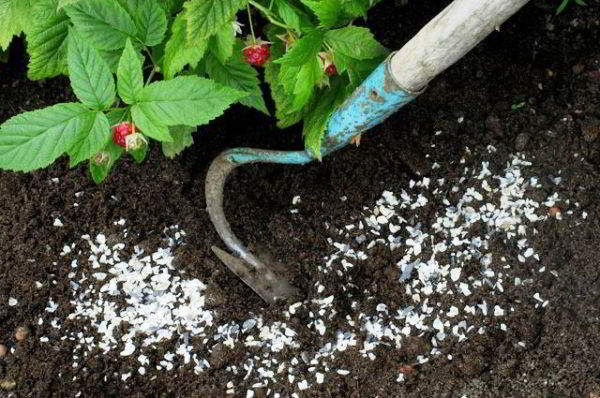

Fertilizer characteristic
In industry, the agrochemical is produced in two types - A and B. For gardening work, urea of grade B is required. Urea of granular form, light color with a yellow or earthy tint. Recently, this fertilizer began to be produced in the form of a tablet.
Tableted groundbait is considered to be of the best quality. It is covered with a special coating that dissolves well in water. But at the same time, it does not allow nitrogen to evaporate at a rapid pace.
Although urea in tablets is more expensive, it is added to the soil in a smaller amount than granular.
Features and dosage of plant fertilization with urea
In order to determine a reasonable concentration of the solution, it is necessary to take into account the needs of each crop and the composition of the soil. On depleted soils, the use of urea will help increase productivity. It should also be noted that only half of the applied dose will have time to be absorbed by the plant, therefore, it is better to give preference to frequent feeding rather than a one-time application of urea. Autumn application to the soil for preparation before spring planting is impractical, because nitrogen fertilizers tend to quickly decompose and volatilize. Spring top dressing of the soil is more justified, as well as the foliar use of the prepared urea solution.
Approximate feeding schemes for different crops:
- For ornamental and flowering plants, it will be enough to add twice 5-10 grams of urea per square meter of planting. The application interval is two weeks.
- Crops such as cucumbers, squash, squash and legumes need feeding at the rate of 6-12 g / m².
- The use of urea fertilizer in the garden for tomatoes, peppers, cabbage, potatoes, onions, garlic and beets is carried out at the rate of 19-23 g / m².
- Strawberries are fertilized at 13-20 g / m², but it is best to use foliar feeding of this crop as well.
- The introduction of urea when planting fruit trees and berry bushes is carried out at the rate of 70 grams per bush or 150 grams / tree.
- Further feeding is carried out on the basis of a proportion of 200-250 grams for fruiting apples and pears and 70 grams for stone fruit crops (plums, apricots, peaches and others).
It is advisable to use urea as a fertilizer in the form of a solution in order to achieve maximum digestibility. The use of undissolved granules of the substance is justified only in empty areas with subsequent backing into the ground (digging or deep loosening of the soil layer). For growing crops, root and foliar feeding is used. It should also be taken into account that the use of urea during the laying of buds and ovaries reduces their volume, therefore, use is recommended only in the active phase of the growing season, when the aerial part of plants is formed.
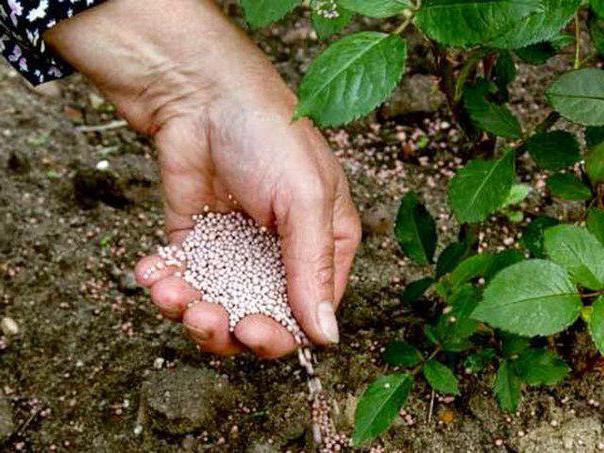

What is urea (carbamide)?
Urea, or carbamide, is a chemical compound called carbonic diamide. It looks like odorless colorless crystals that dissolve in water, liquid ammonia and ethanol. Technical urea is white or yellow crystals. Pure urea contains over 46% nitrogen.
Today, urea is used in a wide variety of industries. In the medical industry, it is a raw material for the manufacture of dehydration agents that remove water from the human body and are prescribed for cerebral edema. Urea is also used for the production of sleeping pills.
The use of urea as a food additive E927b enhances the taste and aroma of food. Most often it is added to baked goods, flour and used in the manufacture of chewing gum.
- Phosphate fertilizers
In the oil industry, urea is needed to remove paraffin substances from fuels and oils, as well as to purify smoke from boiler pipes, waste disposal plants and thermal power plants from nitrogen oxides.
But the bulk of the substance goes to the needs of agriculture: urea fertilizer, made from urea, supplies nitrogen to the soil, which significantly increases its fertility and, therefore, contributes to an increase in crop yields. For example, feeding wheat with urea increases the protein content in it, as in other cereals. Urea is highly active and is quickly absorbed by plants. The use of urea is necessary primarily at the stage of pre-sowing soil cultivation and during the period when plants are gaining green mass, but feeding with urea during the budding period can subsequently negatively affect the amount of the crop.
Foliar application of urea
To increase yields and additional protection of the aboveground part of plants from pests, foliar feeding with urea is often used. It is very easy to do this, guided by the given rules.
Features of performing such feeding:
- The dosage depends on the needs of the plants (pale color, slow growth) and is 5-10 grams per 10 liters of water. This volume must be distributed over approximately 20 m².
- Processing is carried out in the morning or evening, preferably in cloudy but not rainy weather.
- It is advisable to water the plants before spraying.
- Fruit and berry crops must be sprayed with a solution of 20-30 grams of urea per 10 liters of water.
With an overabundance of nitrogen fertilization in plants, an active increase in green mass is observed with a decrease in yield. In this case, it is more advisable to stop using urea.
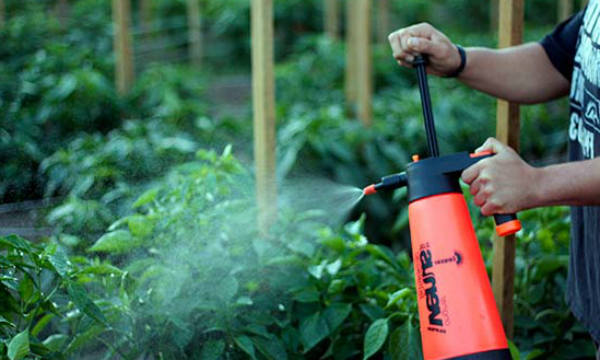

Instructions for use
Urea can be used on all types of soils, even waterlogged ones, because it is perfectly fixed by the soil and is not so washed out by precipitation as, for example, ammonium nitrate.
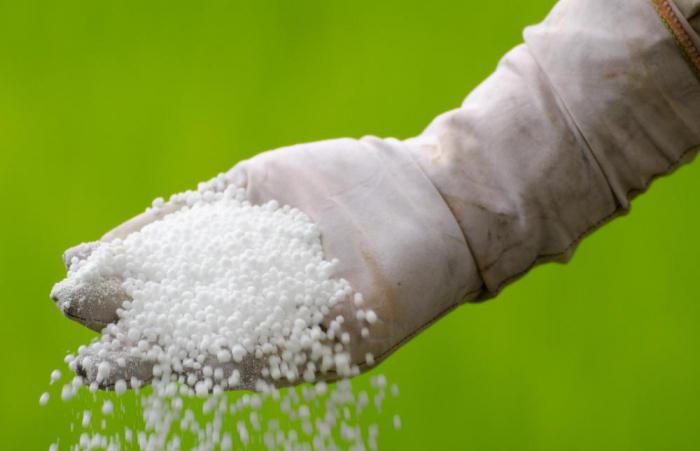

Urea is used both as a top dressing and as a main fertilizer. For vegetable crops, it is possible to add urea before planting, as well as top dressing during the growing season at a dose of 5-10 g per 1 m2. Before flowering, it is necessary to water with a solution of 50 g per 10 l of water, its approximate consumption is 3 l / 100 m2. For decorative and fruit and berry bushes and trees, it is possible to fertilize with urea immediately after flowering and again after about a month with a solution of 30 g / 10 l of water.
How trees are sprayed with urea solution
Treatment of the garden in autumn with urea is carried out not only to increase yields, but also to protect trees and bushes from pests and characteristic diseases. To do this, use a solution prepared from 700 grams of dry granules diluted in 10 liters of water.
For preventive purposes, spraying the garden with urea is carried out in the fall, after harvesting. The concentration of the solution is 500 grams of urea per 10 liters of water. In the same way, berry bushes are treated for aphids and fungus.
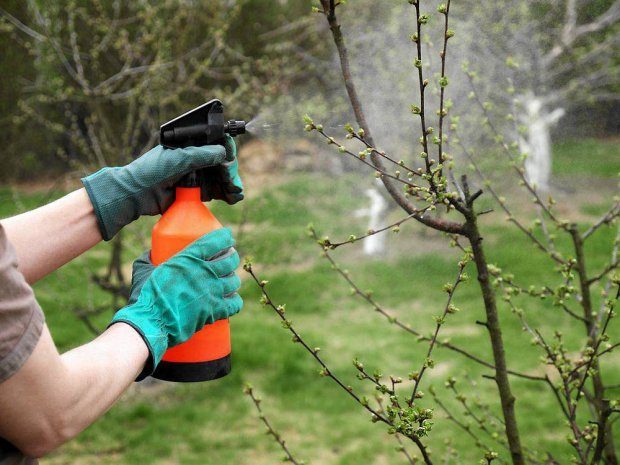

Agrochemical properties
Urea is a highly concentrated, ballastless nitrogen fertilizer. In him contains 46.2% nitrogen in amide form, agronomically effective fertilizer... Differs in a number of valuable qualities:
- A high concentration of nitrogen is combined with a slight solubility in water, but the risk of leaching into the lower soil horizons is small;
- Great mobility combined with slow decomposition in the soil;
- In terms of nitrogen content, urea (100 kg) is equivalent to sodium nitrate (300 kg) or ammonium sulfate (225 kg);
- Urea has a significantly less acidifying effect than ammonium sulfate;
- On acidic light soils (sandy loam and sandy), urea is noticeably better than ammonium nitrate;
- The absence of Cl and SO4 has a beneficial effect on the rate of nitrification in the soil;
- Considerable crop increases are provided on irrigated lands;
- Possesses favorable properties for foliar feeding.
Together with a beneficial effect, there are cases of weak impact:
The main reason is how urea is converted in the soil. When the medium is alkaline, ammonium carbamate decomposes rather quickly into CO2 and ammonia. In close contact with sprouts, the harmful effects of ammonia are observed. On alkaline soils, the negative impact is most pronounced. The most vulnerable plants are also affected. But if urea is introduced in advance, this adverse effect should be eliminated.
It is also important to introduce urea in advance, since biuret is formed during its granulation.that can harm plants. If the biuret content exceeds 3%, then the plants will be inhibited. By applying fertilizer 10-15 days before sowing, this problem is eliminated (biuret has time to decompose).
It is undesirable to apply urea when there are high fertilizer concentrations in direct contact with the seeds, since ammonia can have a harmful effect. Of course, it all depends on the characteristics of the plant's root system. With a developed system, fibrous, with adventitious roots, the harmful effect is not so noticeable. For example, a beet has only one root (tap root), and its dying off leads to the death of the entire plant.
However, studies have shown that when potash fertilizers are applied in close contact (not uniform distribution, but directly next to urea), the negative effect is eliminated, and the effectiveness of the fertilizers increases. The localization of the complete fertilizer combination (NPK) near the sown seeds gives a noticeable advantage over the usual uniform distribution of fertilizers throughout the soil mass.
With a low value of the urease enzyme in the soil, which is extremely rare, urea gives low results.Then it is necessary to apply the appropriate organic fertilizers.
Conclusions:
- The acidifying effect on the soil is weaker than that of ammonium sulfate and other ballast ammonia fertilizers;
- On light acidic soils - an effective form of nitrogen for plants sensitive to high acidity;
- With a high concentration of fertilizer near the sown seeds, a sharp decrease in germination. The introduction of potash fertilizers in close contact eliminates the negative effect;
- Topical application of urea together with the full combination of NPK gives better results than uniform distribution;
- With a low value of the urease enzyme in the soil, it is necessary to apply organic fertilizers.
Spring treatment of trees with urea
Spraying of trees is also carried out in early spring. This will help not only protect the crop from pests, but also slow down the flowering period. Such a procedure is necessary in regions with an unstable climate, when the last frosts are frequent when the buds of fruit trees are blooming. A simple procedure will help eliminate this risk factor and achieve an excellent yield, as well as carry out additional feeding and processing of garden plants.
This must be done before the final awakening of the trees (budding on the branches), but only after the ambient temperature rises above 5 degrees Celsius. Preparation of the solution does not take much time; for better application, it is advisable to use an electric sludge hand spray, as well as personal protective equipment.
The dosage of the solution is 500 grams of urea per 10 liters of water. It is advisable to dissolve the entire volume of the substance in a liter of warm water, and then mix with the remaining liquid.
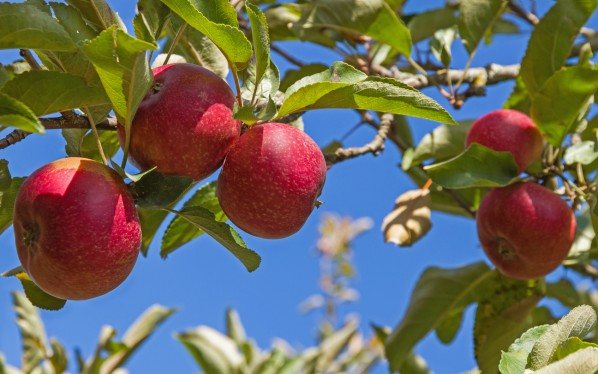

Urea or urea is often used for plant nutrition, as well as for spraying garden crops. These procedures help not only to increase the yield of the site, but also help get rid of pests and characteristic diseases. What is urea as a fertilizer, as well as the features and dosages of application in the garden, our article will tell.
Terms of feeding
Urea is most actively absorbed by plants through the aerial parts. That is, foliar treatments give the best effect. But urea is also used in preparing the beds for sowing, it is brought in for digging in the spring.
A solution of urea is poured under the root to saturate the soil with nitrogen throughout the growing season. The optimal timing for fertilizing: in early spring, before the blooming of the buds, as well as at the initial stage of fruit formation (in different species, the last period begins in April, summer or August).
In autumn, urea is used for woody plants to protect them from frost and insects hiding in the bark and soil.
Interaction of urea with other fertilizers
This fertilizer, like other drugs, is combined with some drugs, but not with others, so they cannot be applied together into the soil.
Urea is not compatible with the following substances:
- wood ash;
- superphosphate;
- plaster;
- chalk;
- calcium nitrate;
- dolomite flour.
![Tinkoff (Debit Card) [CPS] RU](https://bgn.imadeself.com/wp-content/uploads/tinkoff-debetovaya-karta-cps-ru.jpg)
![Tinkoff (Debit Card) [CPS] RU](https://bgn.imadeself.com/wp-content/uploads/tinkoff-debetovaya-karta-cps-ru.jpg)
You can combine the introduction of urea with the following fertilizers:
- manure;
- potassium chloride;
- sodium nitrate;
- potassium sulfate.
Nitrogen activates the growth of vegetative mass, therefore, the drug is not applied after the beginning of flowering crops and in autumn under perennials, so as not to provoke the growth of shoots and foliage.
therefore urea fertilizer is applied only in the spring.
And in the fall, you can feed the plants with superphosphate.
INTERESTING!
• Article: Feeding pepper seedlings at home

